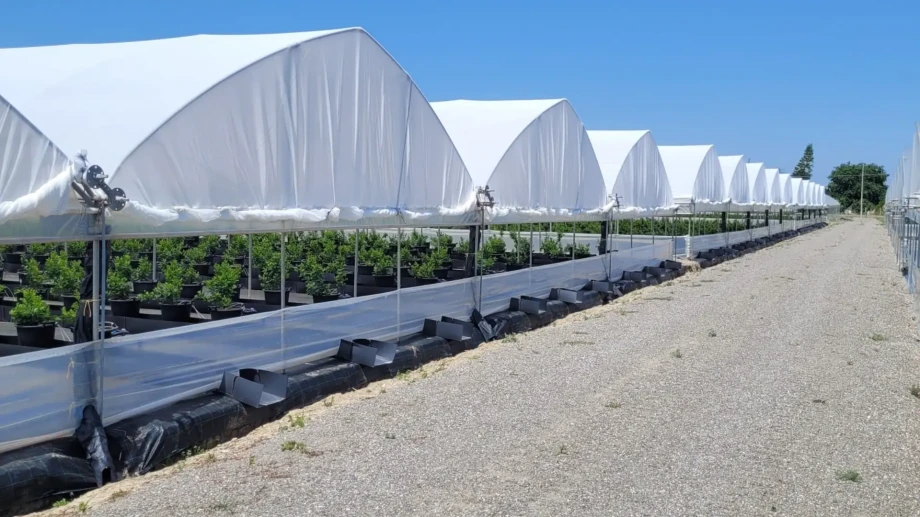Peru is not only the largest exporter of blueberries worldwide. From 1960 onward, the cumulative weight of Peruvian anchovy caught has consistently surpassed that of any other individual fish species globally. However, the yearly catch has exhibited significant fluctuations (Laws).
The devastating impact of El Niño
During the period from 1962 to 1971, annual yields averaged 9.7 million metric tons (Mt), but there was a drastic decline in 1972, and the average dropped to only 1.3 Mt in the decade spanning from 1976 to 1985. Such substantial variability in fishery yields poses a considerable challenge for economic planning in a country heavily dependent on the foreign exchange generated from this singular source.
One cause of the large fluctuations in anchovy catch is a phenomenon called El Niño, an intrusion of warm, nutrient-poor water from the vicinity of the equator southward along the coast of Peru.
Is the same happening also to Peruvian blueberries? Actually, the most impactful phenomenon on the global blueberry supply chain in the last 6 months has been El Niño, whose effects have had a devastating impact on Peruvian productions. Instead of the anticipated increase, the production of the world's largest blueberry producer has declined by 29%, resulting in an estimated loss of several hundred million dollars. The Peruvian blueberry industry is worth nearly 900 million dollars in exports, and despite prices exceeding expectations, the losses have been significant for many producers.
The issue of risks associated with extreme weather events is complex and requires broad-spectrum solutions. The problem is becoming significant, and there is already a shift of some crops to production areas with lower climate risks.
Long and short term solutions
Interventions are necessary on various fronts and across different time horizons. In the long term, the development of varieties more resistant to climate shocks is certainly essential, but there are also short-term interventions that can be implemented to protect already productive crops.
One solution that can assist producers is the procurement of insurance, but the increase in agricultural claims in recent times is making the purchase of insurance contracts against weather adversities increasingly burdensome and, therefore, less feasible.
On the other hand, insurance companies are increasingly favoring investments in active protection systems, which have the advantage of safeguarding crops and avoiding both seasonal production damages and long-term damages to installations.
Protecting crops actively
Among the short-term solutions that producers can implement is the use of multifunctional protection systems, capable of covering various types of atmospheric risks, primarily related to precipitation (rain, storms, hail) and extreme temperatures (excessive heat and spring frosts).
Risk protection through the use of active protection systems will be the topic of a conversation with Giuseppe Netti, agronomist and Italy's area manager at Arrigoni Spa, a company that has been providing solutions and active protection systems for agriculture since 1936, with expertise in small fruits and operations in over 50 countries worldwide.
The video interview with Giuseppe Netti will be broadcast on February 5, 2024, by Italian Berry.









